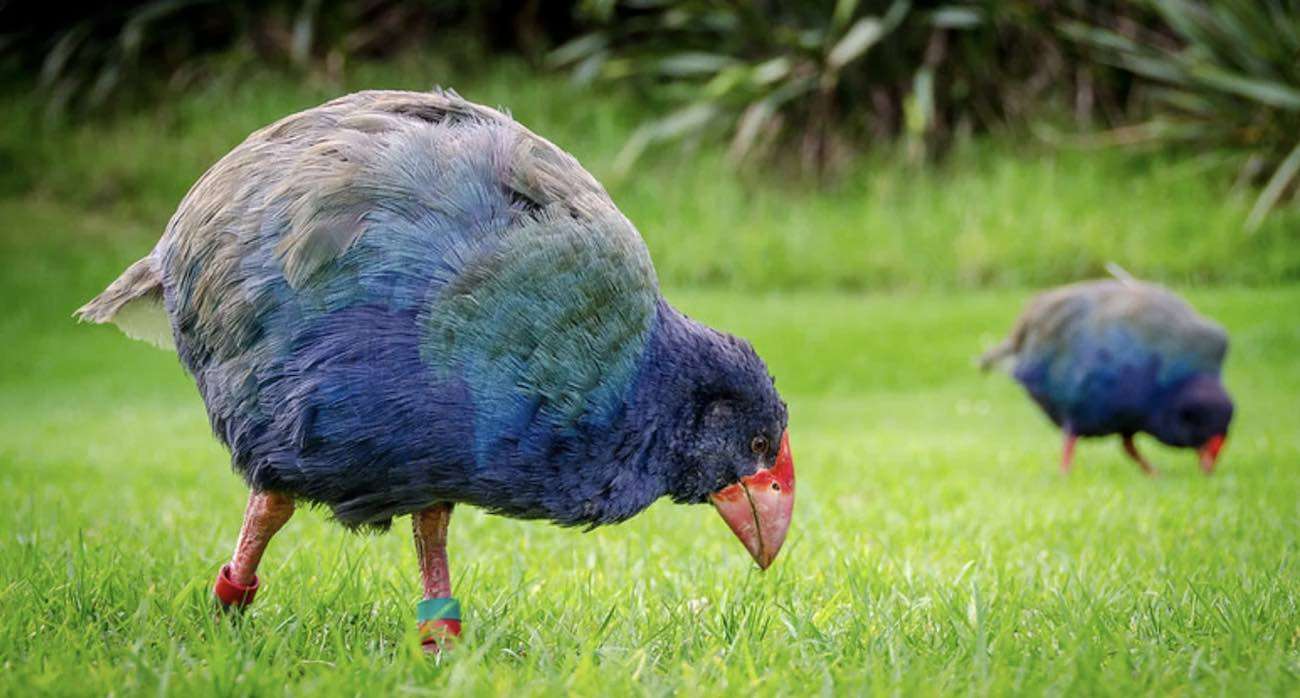Stray Dog Escapes Animal Shelter 3 Times to Claim Sofa in Elderly Care Facility-Now He Calls it Home
Scout was a mutt and a stray and was kept at a shelter in Michigan until the pooch with no past decided he was tired of waiting to be adopted

In a massive and historic conservation success story, eighteen takahē birds have been released into the wilds of a nature reserve on Lake Wakatipu.
This is hoped to be followed by seven more in October, and another 10 in the early months of next year as this rediscovered wonder continues its long road to recovery into the third separate breeding population in the wild.
The automobile was still a novel sight in London when the takahē was declared extinct.
This iridescent flightless bird is a symbol of New Zealand's unique prehistoric past, but it evolved on an island without mammals, and with their invasive introduction came what might have been the bird's ultimate demise.
However they were rediscovered after the Second World War and ever since conservationists have been taking a proactive approach to ensuring their survival. Eggs located in the wild are taken into care centers to protect them from thieves like stoats, ferrets, and rats.
Conservationists raised chicks in breeding centers by using sock puppets shaped like adult takahē heads, an invaluable technique that eventually gave way to breeding in specially controlled environments.
Trapping the invasive predators has also been an incredibly important contribution to the animal's steady growth in population of around 8% per annum.
On New Zealand's South Island, Lake Wakatipu is the island nation's longest, snaking through the Waimāori Valley for 50 miles. The surrounding environment of alpine slopes is perfect for the one-and-a-half-foot bird.
"They're almost prehistoric looking," says Tūmai Cassidy, of the Ngāi Tahu indigenous group who steward the land around Lake Wakatipu. "Very broad and bold."
He says that from the front they appear perfectly spherical, like a miniature Earth mounted on a pair of orange legs. For the Māori, the reintroduction is incredibly special. In the past Māori people gathered the feathers of the bird into cloaks, and the calls of these animals radiating up the slopes from the valley bottom was a cherished memory that may now be able to be relived.
WATCH the animal in its natural habitat, AND the moment they were released…
SHARE This Magnificent Bird And Its Historic Recovery With Your Friends…
Be the first to comment